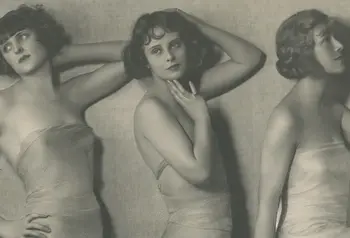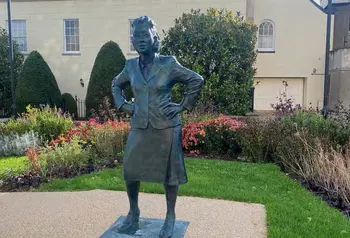Discover the pioneering woman scientist who mapped the moon
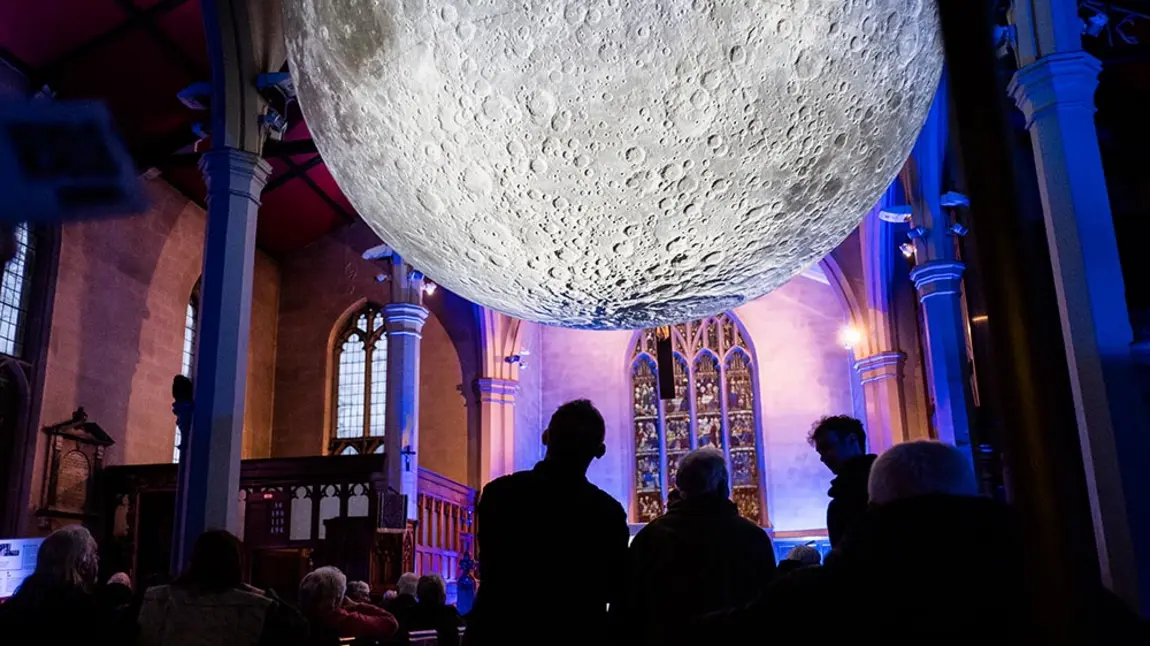
We supported a Staffordshire project running events in honour of an important astronomer during Women's History Month, which took place under Luke Jerram’s touring installation Museum of the Moon.
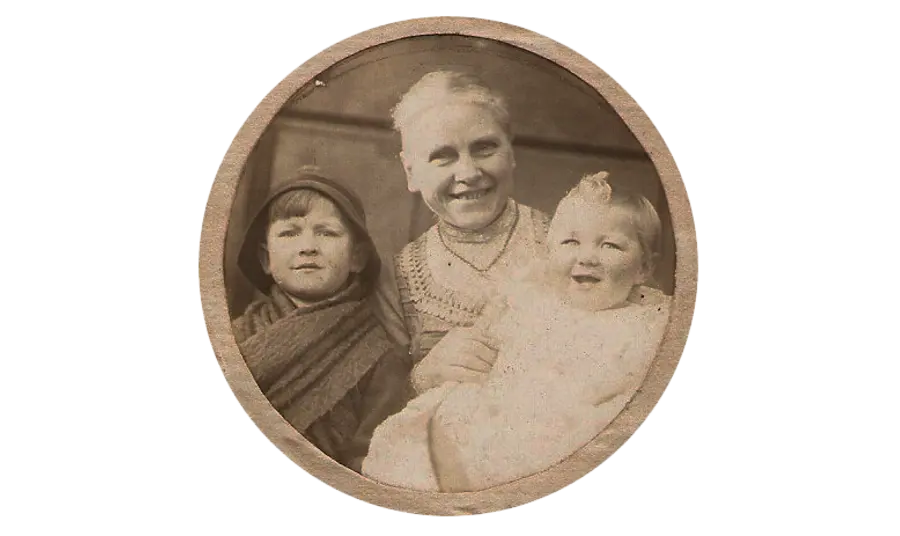
Who was Mary Blagg?
Mary was born in 1858 and lived almost all of her life in Cheadle, a market town in the Staffordshire Moorlands. She was well-educated, studying German and algebra at boarding school.
In the early 1900s she became interested in astronomy, attending lectures and teaching herself mathematics. Her first paper, published in the British Astronomical Association Journal in 1906, investigated the scintillation (or twinkling) of stars.
Mapping the moon
Keen to contribute her own work to the field, she standardised how the moon’s craters were mapped and named, carefully compiling data from previous lunar maps on the position, size and characteristics of 4,789 different lunar features. She published it in 1913.
Mary’s hard work was recognised when, in 1916, she was among the first women to become fellows of the Royal Astronomical Society. A few years later she was elected to the Lunar Commission of the prestigious International Astronomical Union (IAU).
After several years of collaboration, in 1935 she and Czech astronomer Karl Müller published a definitive survey of the moon’s features. It was the authoritative reference for other astronomers until the mid-1960s when NASA commissioned new photographic maps in preparation for the Apollo moon missions.
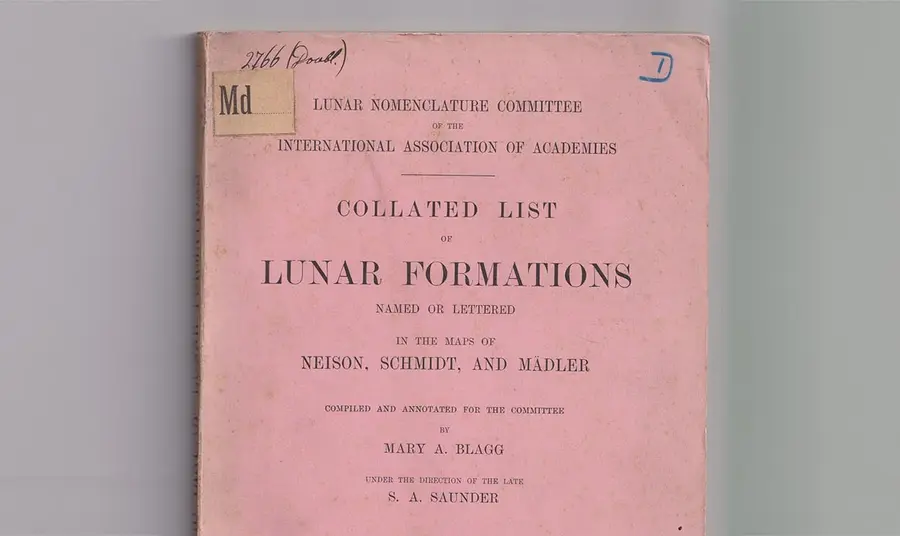
A humble trailblazer
Mary was undoubtedly talented but was also reserved and quietly dedicated to her scientific work – she rarely attended meetings of the IAU and in the 1930s she turned down their offer to name a lunar crater after her. (They did anyway, and in 2023 a minor planet was named Maryblagg in her honour.) She didn't draw attention to her work, but her scientific achievements have made her forever a part of the story of astronomy.
Celebrating Mary’s story during Women’s History Month
The Cheadle Moon project (awarded £24,693) researched and celebrated Mary’s contributions to science to mark 80 years since her death. Cheadle Discovery Group came up with the idea, and a group of local people got busy making it a reality. Help also came from OUTSIDE, an Arts Council England Creative People and Places programme.
Museum of the Moon was on display in St Giles the Abbott church, where Mary is buried, in March 2024. Celebrating Mary brought the town together, from local businesses helping to decorate the town with shopwindow displays to schools and community groups planning lessons and activities.
Our funding helped to make possible:
- an exhibition, audio guide and schools’ resources on Mary’s life and work
- science and history talks and stargazing sessions
- live music and spoken-word performances and film screenings
- wellbeing activities including yoga under the Museum of the Moon
Watch a video about what happened during the project.
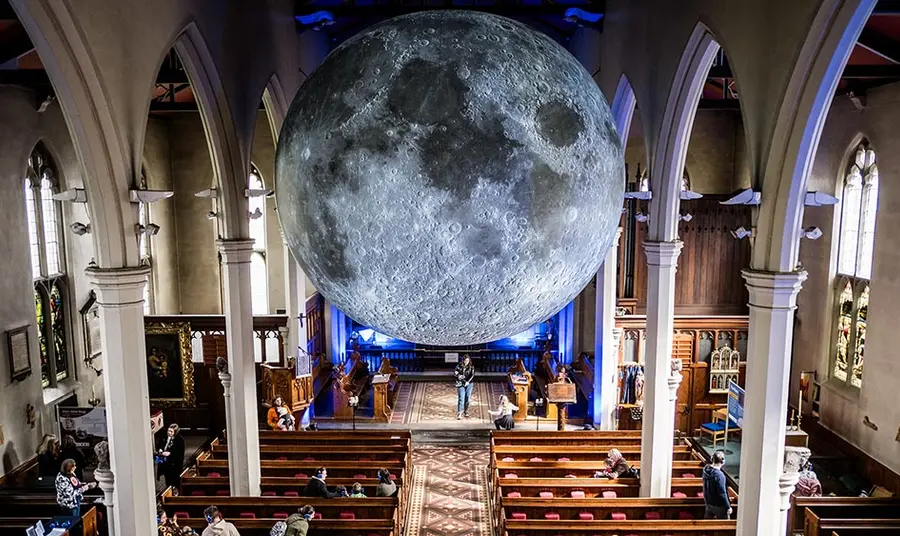
Sarah Bird, Creative Director of OUTSIDE, said: “It has been heart-warming to see how excited the local community have become about celebrating the life of a local pioneering woman, who almost 100 years ago worked so diligently to advance our understanding of the moon.
“We hope that by programming a wide range of activities, performances and workshops across science, arts and wellbeing, there will be something that encourages everyone in the area to come along and be inspired by Mary’s story.”
Explore more heritage stories
Register for our email newsletter to hear more about our work, learn about the projects we fund and get tips to improve your application.

